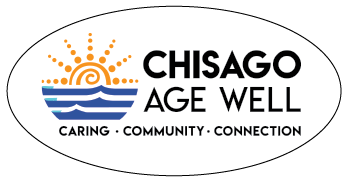The Silos to Circles Age Well Initiative is designed to strengthen local connections to aging services for seniors, their families, and neighbors. Too often, community members don’t know what’s available—and sometimes providers feel like “the best-kept secret in town.”
Four communities were selected as pilots: Moorhead, Perham, Crosby, and Southern Chisago County. Each received a subgrant ($150,000) over two years from the larger foundation-funded grant. Pilot teams used grant funds to support a part-time project coordinator, a part-time resource navigator, website development, and other project-related expenses.
Click here for the Silos to Circles Community Guide to Starting a Local Healthy Aging Initiative.
Background
This work is part of a larger effort called Silos to Circles that aims to break-down barriers between social services, community services, and health care. A broad group of 50+ organizations, agencies, and businesses became a network focused on community health and system health. The aim is to experiment and share things that have worked. A key purpose of the network is to encourage and support collaboration.
Current work
This Silos to Circles network identified aging services as one promising area for breaking down silos at the local level. A regional foundation serving rural Minnesota communities awarded a substantial grant to LeadingAge MN Foundation to test a coalition-based effort grounded in the collective action principle of collaboration and shared decision-making.
Supported by the LeadingAge Minnesota Foundation and the Collective Action Lab, each project has a local webpage describing their work:
Interested in creating your own
initiative?
Incubation and replication of promising ideas are at the heart of the Silos to Circles work. To assist other communities in developing their own project, we created the Silos to Circles Community Guide to Starting a Local Healthy Aging Initiative
The guide will help you plan and accomplish three key action steps:
- Build a coalition
- Connect providers and professionals
- Equip the community
